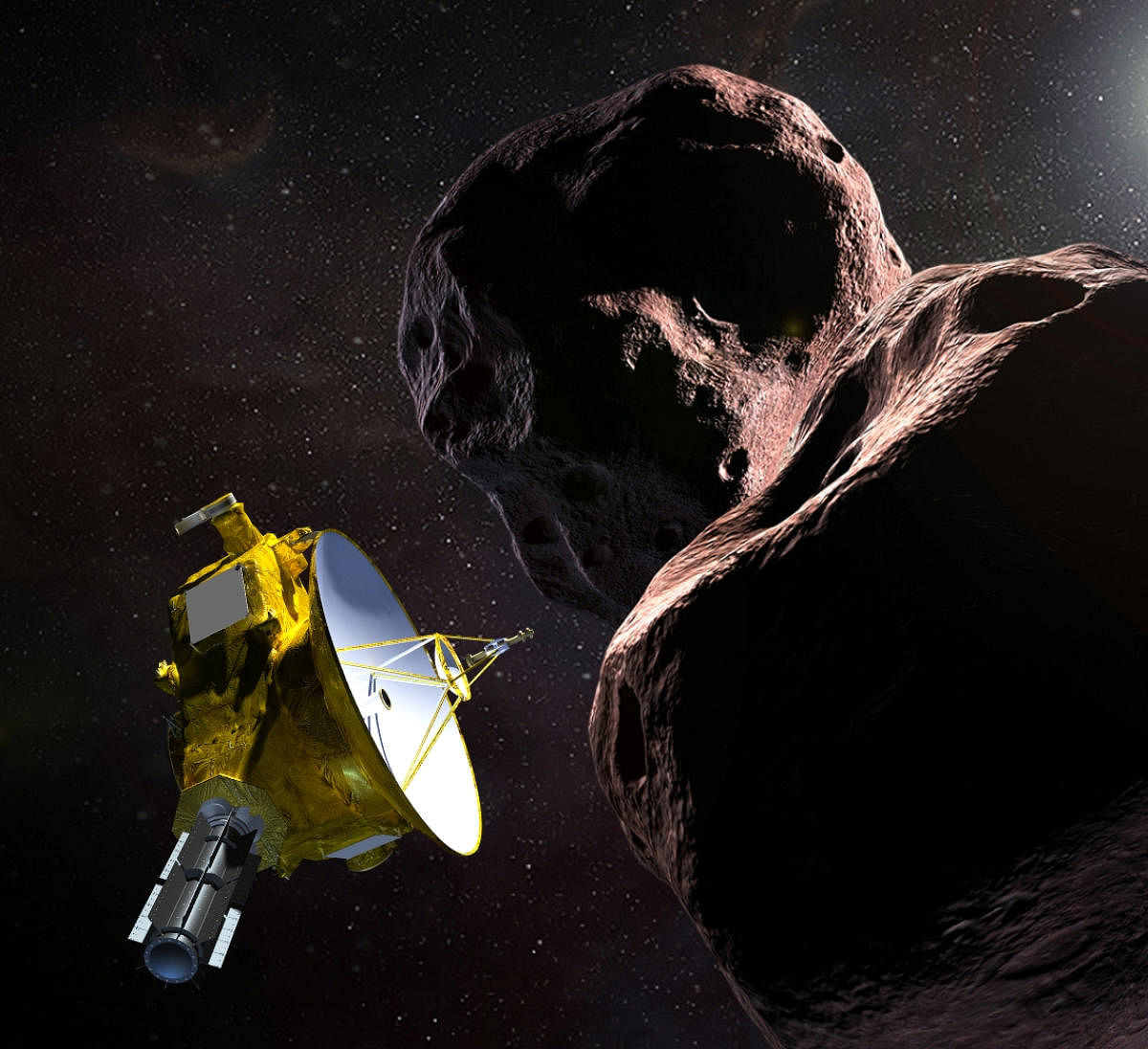
A NASA spacecraft on Tuesday flew past the most distant world ever studied by humankind, Ultima Thule, a frozen relic of the early solar system that could reveal how planets formed.
"Go New Horizons!" said lead scientist Alan Stern as a crowd cheered at the Johns Hopkins Applied Physics Laboratory in Maryland to mark the moment at 12:33 am (0533 GMT) when the New Horizons spacecraft aimed its cameras at the space rock four billion miles (6.4 billion kilometers) away.
"Never before has a spacecraft explored something so far away."
The spaceship was to collect 900 images over the course of a few seconds as it shaved by at a distance of about 2,000 miles (3,500 kilometers).
"Now it is just a matter of time to see the data coming down," said deputy project scientist John Spencer of the Southwest Research Institute.
Scientists expect to learn whether the pass was successful around 10 am (1500 GMT).